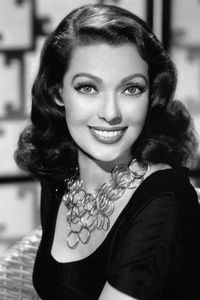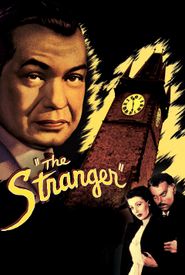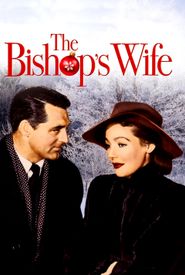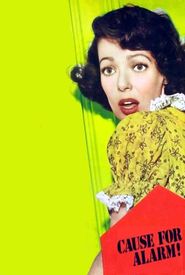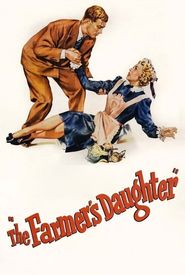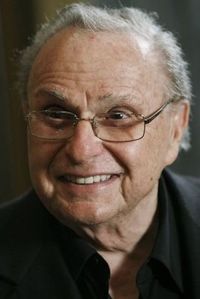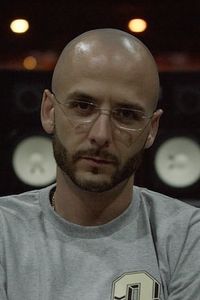Here is the biography of Loretta Young:
Loretta Young was born Gretchen Young in Salt Lake City, Utah on January 6, 1913, to Gladys (Royal) and John Earle Young. Her parents separated when Loretta was three years old. Her mother moved Loretta and her two older sisters to Southern California, where Mrs. Young ran a boarding house. When Loretta was 10, her mother married one of her boarders, George Belzer. They had a daughter, Georgianna, two years later.
Loretta was appearing on screen as a child extra by the time she was four, joining her elder sisters, Polly Ann Young and Elizabeth Jane Young (later better known as Sally Blane),as child players. Mrs. Young's brother-in-law was an assistant director and got young Loretta a small role in the film The Only Way (1914). The role consisted of nothing more than a small, weeping child lying on an operating table. Later that year, she appeared in another small role, in The Primrose Ring (1917). The film starred Mae Murray, who was so taken with little Loretta that she offered to adopt her. Loretta lived with the Murrays for about a year and a half. In 1921, she had a brief scene in The Sheik (1921).
Loretta and her sisters attended parochial schools, after which they helped their mother run the boarding house. In 1927, Loretta returned to films in a small part in Naughty But Nice (1927). Even at the age of fourteen, she was an ambitious actress. Changing her name to Loretta Young, letting her blond hair revert to its natural brown and with her green eyes, satin complexion and exquisite face, she quickly graduated from ingenue to leading lady. Beginning with her role as Denise Laverne in The Magnificent Flirt (1928),she shaped any character she took on with total dedication.
In 1930, the 17-year-old Young made headlines when she and Grant Withers, who was previously married and nine years her senior, eloped to Yuma, Arizona. They had both appeared in Warner Bros.' The Second Floor Mystery (1930). The marriage was annulled in 1931, the same year in which the pair would again co-star on screen in a film ironically titled Too Young to Marry (1931). By the mid-'30s, Loretta left First National Studios for rival Fox, where she had previously worked on a loan-out basis, and became one of the premier leading ladies of Hollywood.
In 1935, she made Call of the Wild (1935) with Clark Gable and it was thought they had an affair where Loretta got pregnant thereafter. Because of the strict morality clauses in their contracts - and the fact that Clark Gable was married - they could not tell anybody except Loretta's mother. Loretta and her mother left for Europe after filming on The Crusades finished. They returned in August 1935 to the United States, at which time Gladys Belzer announced Loretta's 'illness' to the press. Filming on Loretta's next film, Ramona, was also cancelled. During this time, Loretta was living in a small house in Venice, California, her mother rented. On November 6, 1935, Loretta delivered a healthy baby girl whom she named Judith. It wasn't until the 1990s when she was watching Larry King Live where she first heard the word 'date rape' and upon finding out exactly what it was, professed to her friend and biographer Edward Funk and her daughter-in-law Linda Lewis, that she had gone through the same with Clark Gable. "That's what happened between me and Clark."
In 1938, Loretta starred as Sally Goodwin in Kentucky (1938),an outstanding success. Her co-star Walter Brennan won the Academy Award for Best Supporting Actor for his role as Peter Goodwin.
In 1940, Loretta married businessman Tom Lewis, and from then on her child was called Judy Lewis, although Tom Lewis never adopted her. Judy was brought up thinking that both parents had adopted her and did not know, until years later, that she was actually the biological daughter of Loretta and Clark Gable. Four years after her marriage to Tom Lewis, Loretta had a son, Christopher Lewis, and later another son, Peter Charles.
In the 1940s, Loretta was still one of the most beautiful ladies in Hollywood. She reached the pinnacle of her career when she won the Academy Award for Best Actress in The Farmer's Daughter (1947),the tale of a farm girl who rises through the ranks and becomes a congresswoman. It was a smash and today is her best remembered film. The same year, she starred in the delightful fantasy The Bishop's
